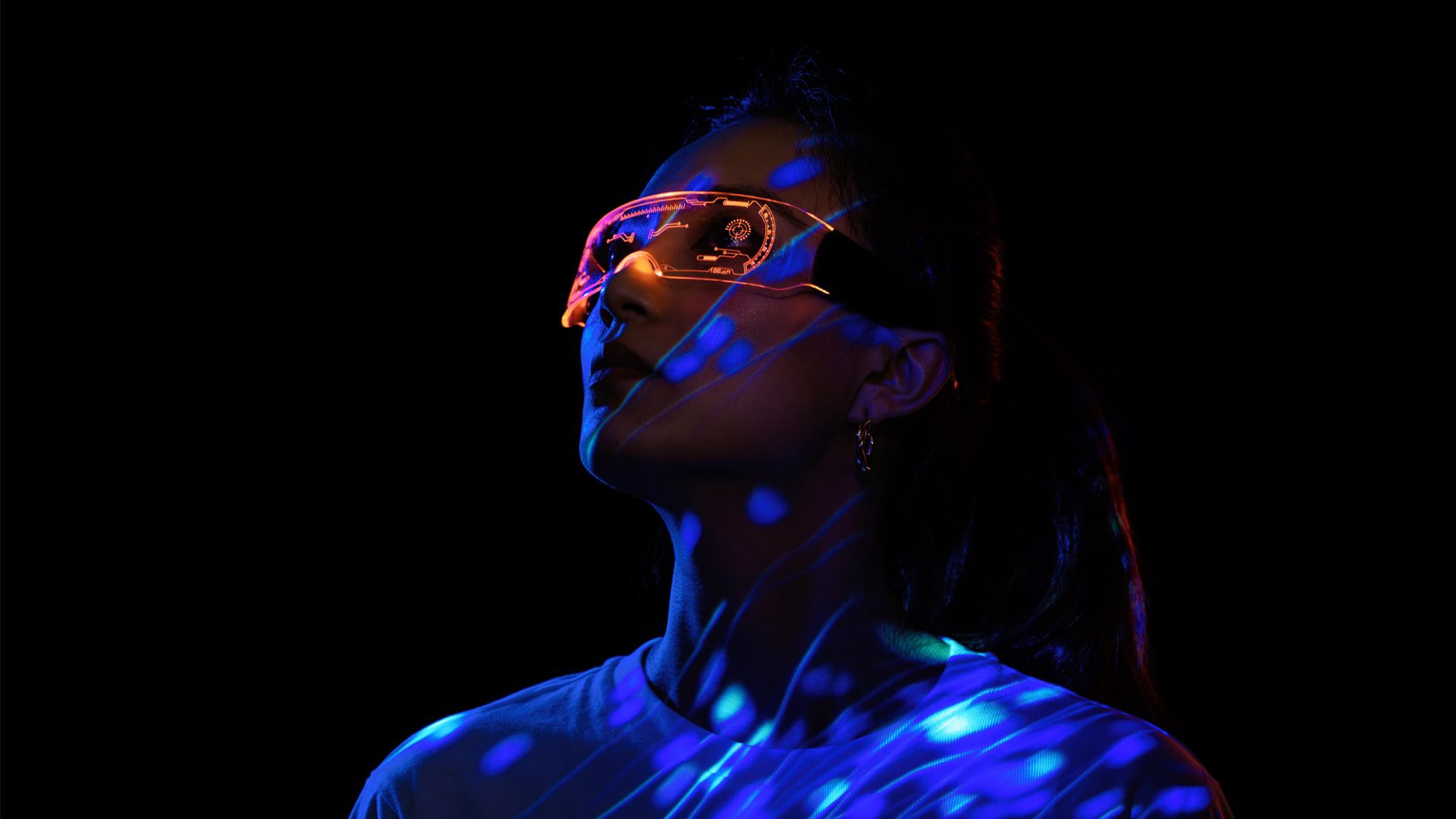Today’s technology not only allows instant text-to-text translation but also image or audio/speech to text for instance. This is multimodal translation, a cutting-edge field at the intersection of linguistics and technology, which is revolutionizing how we communicate across languages and media formats.
“Multimodal translation is the process of translating content across various forms of media, including text, images, audio, and video.”
This comprehensive approach to translation is becoming increasingly important thanks to new developments in terms of machine translation, AI, and speech recognition technologies, to mention some of them.
Why is Multimodality on Trend?
There is no simple answer to this question. Yes, technology has evolved to the point that something researchers could only dream about 10 years ago, is now a reality. But that is not the whole story. Multimodal translation is also becoming a hot trend because of accessibility concerns. Moreover, it presents a great market opportunity.
- Technology advancements: We will discuss this in more detail, but developments in MT, speech recognition, and computer vision, for instance, allow the convergence of these technologies to enhance translation.
- Accessibility is the new norm: Accessibility concerns and compliance have paved the way for services that allow users with disabilities to access all types of content. Think about automatic captions for instance.
- The business case for multimodal translation: The constant generation of content in different formats calls for agile localization. It is a matter of adapting to technology changes and connecting with audiences without missing a beat.
Source: CSA Research
Types of Multimodal Translation
Right now multimodal translation encompasses several areas, for instance:
- Image-to-text description: Converting visual content into descriptive text, often in multiple languages.
- Audio-to-text transcription and translation: Transforming spoken words into written text, potentially across languages.
- Video-to-text captioning and translation: Providing textual representations of video content, including dialogue and visual elements.
Out of these, image-to-text-description is the most “developed” multimodality. Images, for instance, provide context that otherwise might be lost to NMT or AI translation. However, in recent years, speech-to-text and voice recognition technologies have switched the focus to audio input and output.
Technologies Enabling Multimodal Translation
Several technologies power multimodal models, the most relevant are:
Machine learning and artificial intelligence
These form the backbone of modern translation systems, enabling more accurate and context-aware translations. NMT and AI translation are state-of-the-art and use large amounts of data to train systems to process and produce accurate outputs in a target language. See “MT evolution: From rule-based systems to Large Language Models”.
Natural language processing (NLP)
Allows systems to understand and generate human-like text across languages. Also using neural networks, NLP enables language comprehension and the generation of human-like text.
Computer vision
Essential for analysing and interpreting visual content in images and videos. Computer vision is a field in AI that focuses on how systems interpret information. It also uses machine learning techniques and neural networks to do so.
Speech recognition
Crucial for converting spoken language into text for further processing. Speech recognition is the base of speech-to-text and text-to-speech technologies. Current systems can not only recognise a wider variety of languages and variants but also reproduce this in an almost natural-like manner.
In general terms, multimodal systems have three components:
- Input module: This can be speech, text, image or a combination of them. This module prepares data to be processed in the next stage.
- Fusion module: This module analyses the data, combining different technologies to draw the information from each modality (a.k.a format).
- Output module: This module produces the output in the required format (text, audio, etc.). It works according to the Fusion module and how the information is processed.
Applications and Use Cases
Multimodal translation finds applications across various sectors with the changing landscape in localization. The concept of post-localization for instance, appears here as the shift towards enhanced localization services that include the merge of different formats for a global audience. As such we’ll be seeing more of the following applications of multimodal translation:
- E-commerce and product descriptions: Enabling global marketplaces to present products accurately in multiple languages and formats.
- Accessibility: Providing alternative formats for content to support individuals with visual or hearing impairments. This includes AI subtitling and dubbing.
- Educational content adaptation: Translating learning materials across languages and formats to reach a wider student base.
Challenges in Multimodal Translation
Despite its potential, multimodal translation faces several challenges. A constant is always the ethical implications of implementing AI technologies, however, there are also some other considerations:
- Maintaining context across different modalities: Ensuring that the meaning is preserved when translating between different media types.
- Cultural nuances and idiomatic expressions: Accurately conveying culture-specific concepts and phrases across languages and media.
- Technical limitations: Overcoming the complexities of processing large amounts of data in various media formats. Even with LLMs, data sets are still limited, and data alignment must be considered.
- Evaluation: Same as with AI outputs, new advancements bring the challenge of how to evaluate AI outputs. The added difficulty here is evaluating accuracy across formats since the metrics’ parameters differ from format to format.
Source: Apptunix.com
Future Prospects
The future of multimodal translation looks promising with:
- AI advancements: Continued improvements in AI are expected to yield more accurate and nuanced translations across all modalities. The analysis and content generation capacities will only get stronger.
- Expansion of modalities: Future systems may incorporate additional sensory inputs, such as haptic (touch) feedback, virtual reality experiences, and voice input/generation.
- Opening new markets: As multimodal translation technologies improve; they have the potential to break down language barriers and foster global understanding on an unprecedented scale. Expect new services with multimodal translation integration.
Multimodal translation represents a significant leap forward in our ability to communicate across languages and media formats. The ongoing research and development in this field promise to reshape global communication, content creation, and information accessibility.
The boundaries are being constantly challenged and pushed to create more engaging services. As we look to the future, we must closely observe the potential and possibilities of multimodal translation to transform how we interact with and understand diverse content.





